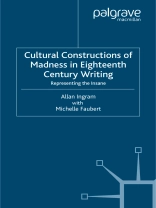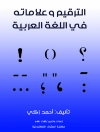Cultural Constructions of Madness in the Eighteenth Century deals with the (mis)representation of insanity through a substantial range of literary forms and figures from across the eighteenth century and beyond. Chapters cover the representation, distortion, sentimentalization and elevation of insanity, and such associated issues as gender, personal identity, and performance, in some of the best, as well as some of the least, known writers of the period. A selection of visual material, including works by Hogarth, Rowlandson, and Gillray, is also discussed. While primarily adopting a literary focus, the work is informed throughout by an alertness to significant issues of medical and psychiatric history.
Table of Content
List of Illustrations Acknowledgements Speaking It Like a Horse: Gulliver’s Travels and the Contexts of Insanity Reconstructing the Classical Model: Pope’s Homer and its Influence ‘Th’ unbalanc’d Mind’: Poetry, Satire and the Assimilation of Madness ‘The Madness of a Multitude’: Insanity, People and Prose Acting the Part of a Madman: Insanity and the Stage A Gendered Affliction: Women, Writing, Madness; M.Faubert ‘The Image of our Mind’: Seeing and Being Seen Madness Itself: The Real Story Bibliography Index
About the author
ALLAN INGRAM is Professor of English at the University of Northumbria, UK. He has published widely on eighteenth-century topics and has spoken, mainly on insanity, in various European countries and in North America.
MICHELLE FAUBERT holds a doctorate on Romantic Madness from the University of Toronto, Canada. She has published on Byron, on Hopkins and on Hardy.












